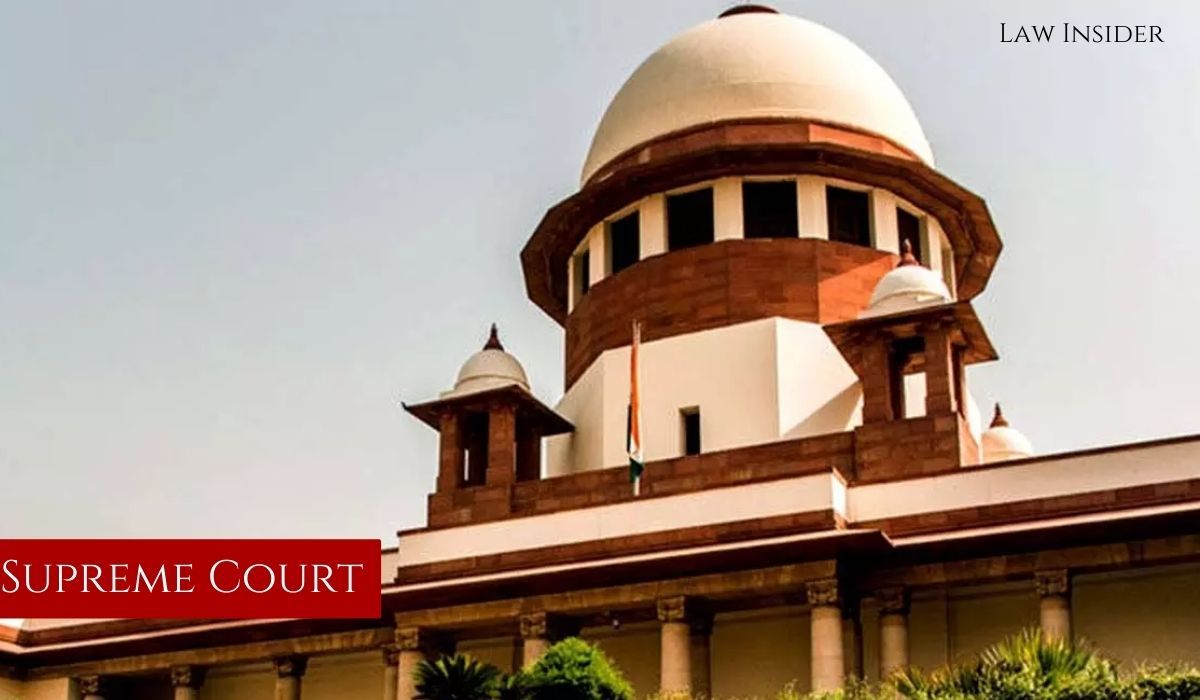LI Network
Published on: November 22, 2023 at 17:25 IST
In a landmark decision, the Supreme Court has accepted a plea of juvenility in a murder case dating back to 1995.
The case involved a convict seeking the benefit of juvenility after 27 years, arguing that he was underage at the time of the crime.
Despite the Juvenile Justice Act of 1986 being in force during the offense and conviction, a Constitutional bench in the Pratap Singh case (2005) had clarified that the 2000 Act applied to pending proceedings initiated under the 1986 Act. The 2000 Act had raised the age of juvenility from 16 to 18 years.
Medical records indicated conflicting ages for the appellant, with the medical report suggesting he was 19 years old, the school register indicating approximately 16 years, and the panchayat register stating 20 years.
The Supreme Court, led by Justices Sanjay Kishan Kaul and Sudhanshu Dhulia, ruled that even if the medical report showing the appellant’s age as 19 years is accepted, in cases where an exact assessment of age is not possible, the provision under sub-rule 3(b) of Rule 12(2007) should be applied. This provision allows for a reduction of one year in the assessed age.
The court underscored that the High Court and Additional Sessions Judge overlooked Rule 12 of the 2007 Rules, specifically sub-rule (3)(b), which permits giving a benefit of one year to the child or juvenile if the exact assessment of age cannot be done.
The judgment emphasized that the benefit should have been given in this case due to the thin margin of age-related discrepancies.
The appellant’s conviction under Section 302/34 IPC and the life sentence were upheld by the Allahabad High Court. The incident occurred in 1995 during a water irrigation dispute between two families in Barabanki District, resulting in the death of one individual.
The primary contention was the appellant’s age, with conflicting information from the school register and the panchayat register.
The Supreme Court’s decision highlighted the importance of adhering to the specific rules for age determination in such cases, particularly when discrepancies exist among different documents.
The ruling is significant as it clarifies the application of rules in determining juvenility, emphasizing a fair and liberal approach when conflicting evidence exists.
The Supreme Court’s decision aligns with the principle that the benefit of the doubt should favor the accused, especially in borderline cases with varying age assessments.
Case Title: Pawan Kumar v. State of UP

